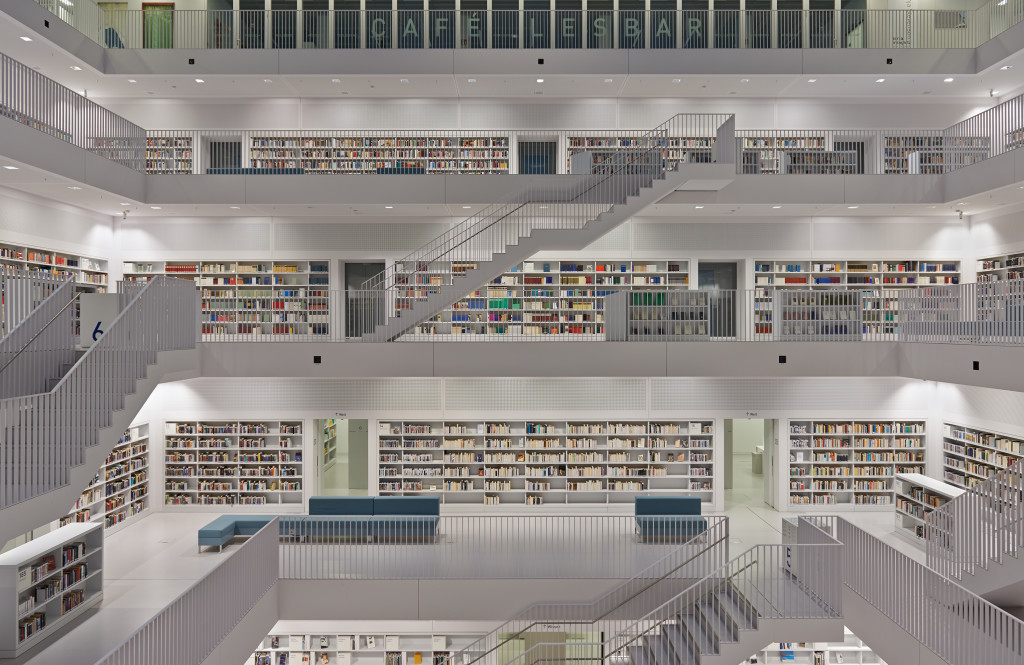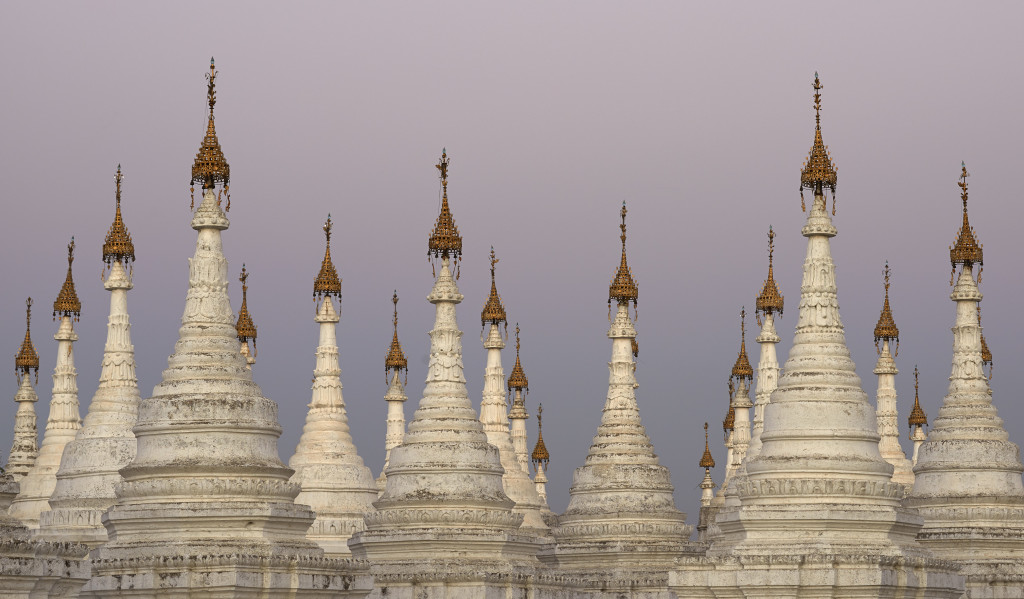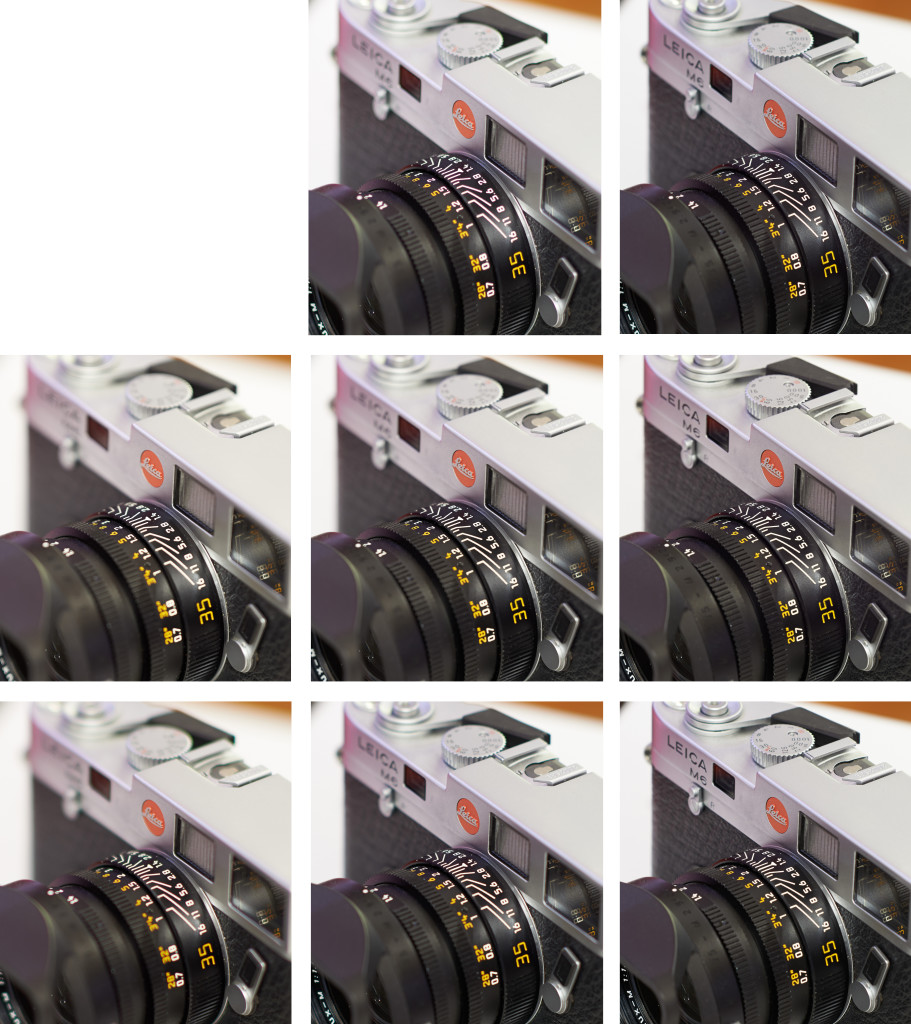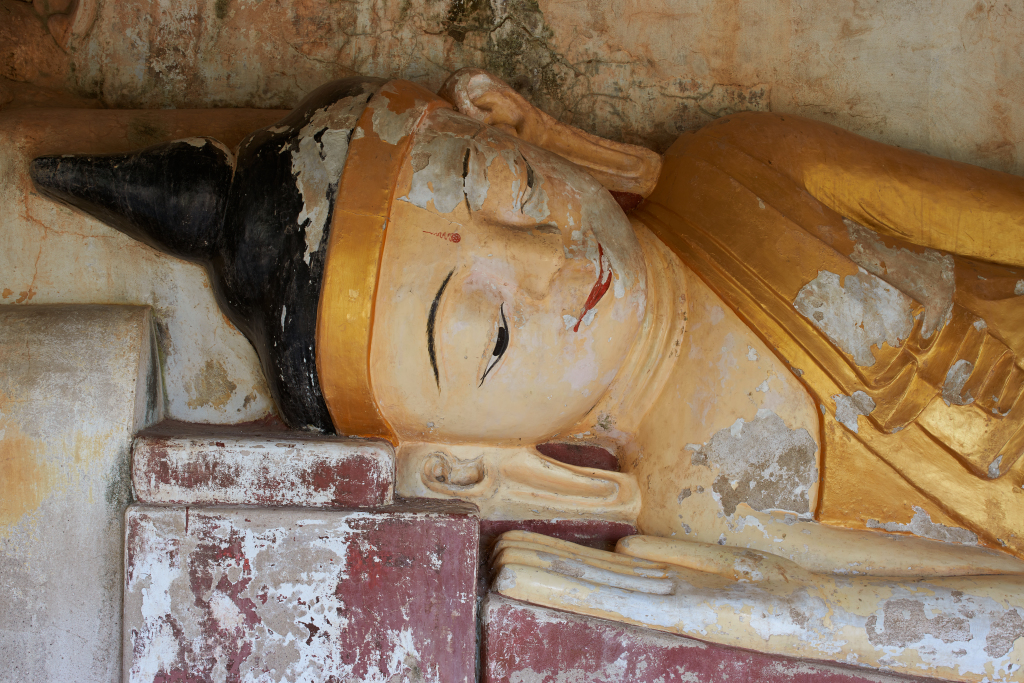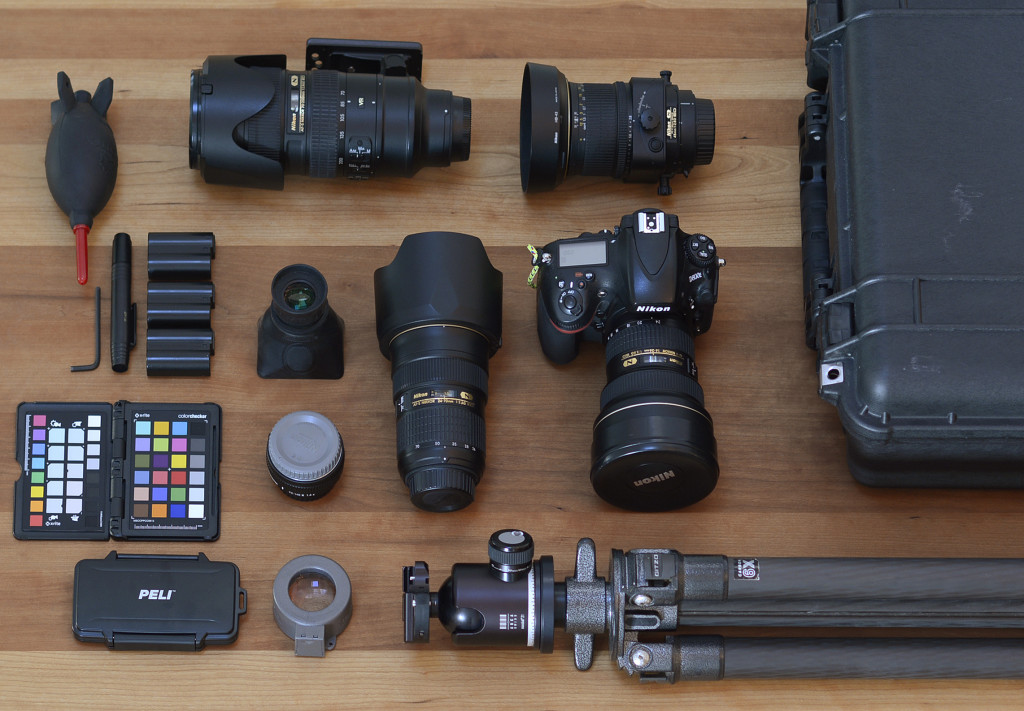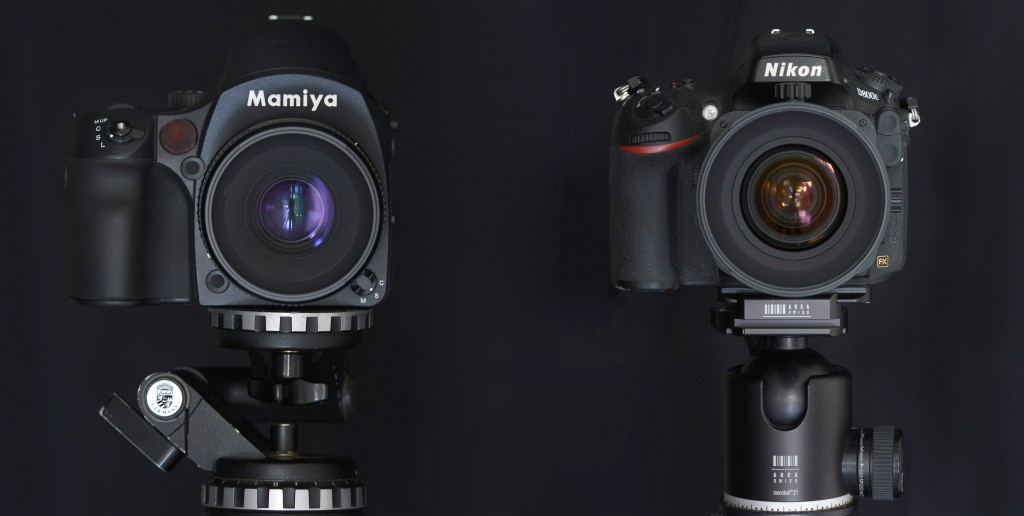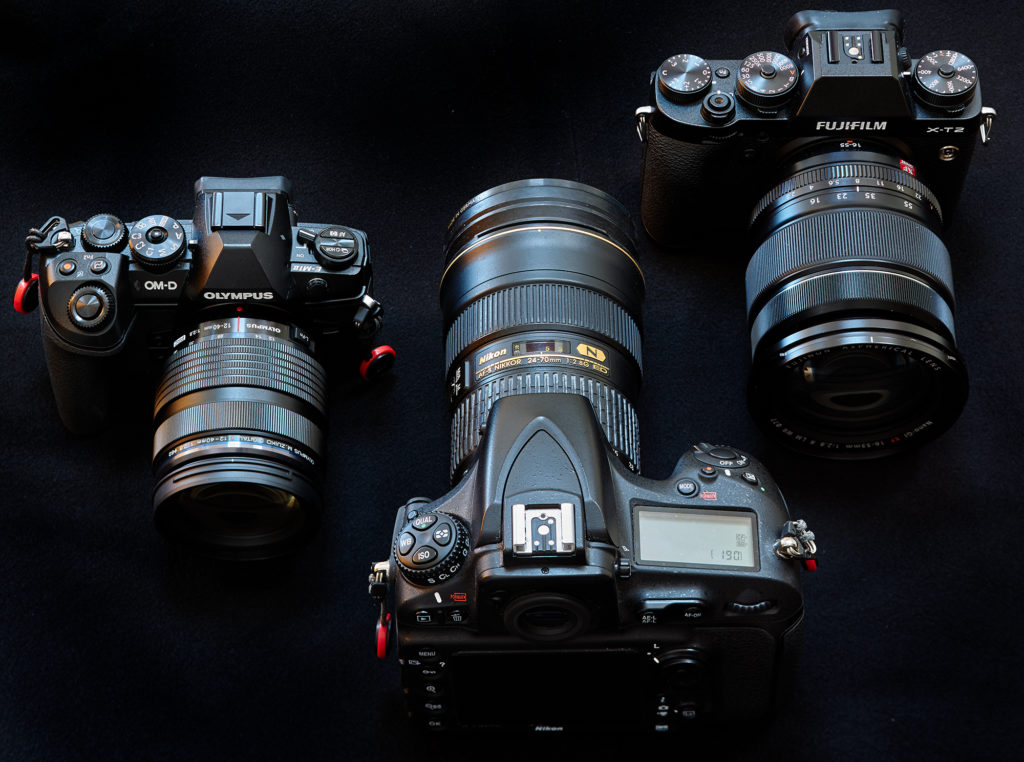
Size matters; but not as much as you may think.
If all your equipment were stolen, the insurance settlement was generous, and you had to start all over, what would you procure? This question is actually not too academic, because it happened to a friend who had bought my Nikon D800e with the 70-200 f/2.8 VR-II as well as some other bits and pieces. All bygone.
What is the best all-purpose camera in 2017, with the right balance of image quality, versatility and handling? One may argue that instead of learning to handle a new camera, it’s better to go out and shoot. And this is why I wouldn’t be tempted to change systems, unless this enlarged considerably the shooting envelope on grounds of resolution, dynamic range, high-ISO performance, and image stabilization. But if everything was stolen?
